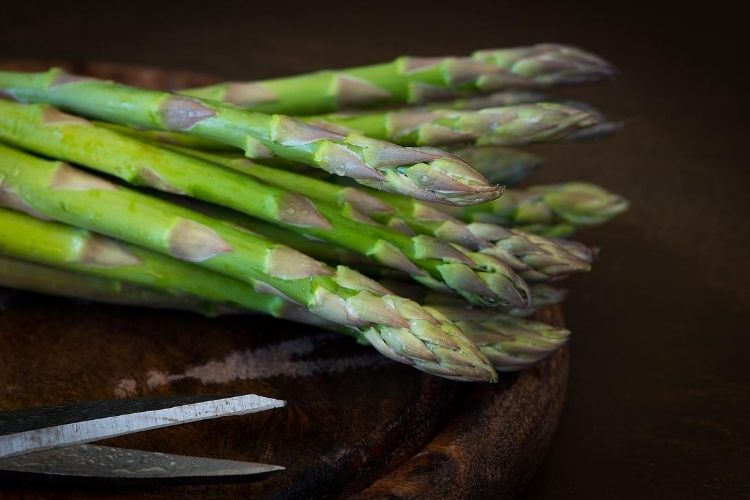
Living a zero waste lifestyle means you start going to the store with your string bag, buy recyclable food and put it in separate collection bins, but still a lot of food waste remains in the bin.
What is a vermi farm
A home worm farm is a closed unit of several boxes in which compost worms live. Without noise and smell, the worms eat food waste and turn it into fertilizer – biohumus. The same thing happens in nature: compost worms live in the upper layer of the soil, eat fallen leaves, blades of grass and other obsolete parts of plants, turning them into a fertile layer of earth.
Buy or do it yourself
You can choose a worm composter. Yes, there is a demand for them: they buy vermicomposters to get natural fertilizer or earn extra money selling worms (for example, fishermen and followers of organic farming are in demand).
You can assemble the vermicompost yourself from the plastic boxes. The number of boxes depends on the amount of waste – the more food waste you accumulate, the more boxes you need. You can start with two or three boxes, and then increase the number of tiers, for example, to five.
Take several plastic boxes (it is better to take opaque plastic, in nature compost worms live in the dark), one lid for the box, a thin awl or a sharp knitting needle. Make holes in the lid and in all drawers except the last one – they are needed for air exchange. The diameter of the holes should be small – no more than 1-2 mm, otherwise flies can fly into the composter.
The first tier is a container without holes, it is needed to collect excess liquid, insert “working” trays with holes on top and cover with a lid. The composter is ready!
Place in the kitchen, in the hallway, under the table
Place the composter where it is convenient. For example, in the kitchen to immediately send food waste to it, or wherever there is space: in the hallway, on the floor in the dressing room, under the table or in the closet under the sink. During warmer months, the composter can be placed on the balcony.
Note: Compost worms love darkness. If the plastic is not transparent, then the composter can be placed in an open space, if transparent, then in a dark place (in a closet or closet).
Where to get worms
The number (or rather the mass of worms, because no one will count them individually) depends on the volume of food waste. It is best to start with a small number of worms, get comfortable and then expand the population.
For home composting, specially bred Californian worms, domestic “prospectors”, compost worms and so-called fishing worms are suitable.
Where to get compost worms:
- Ask a friend of the vermi-farmer.
- Dig up: at the dacha in a compost heap or in a litter in a park, garden, forest.
- Buy “worms for fishing” in a fishing store. (It is “for fishing”, bloodworms and maggots are not suitable!)
- Order from an online Californian or artisan shop.
How to start a vermi farm
First, prepare the base substrate – it is needed to maintain stable conditions in the composter. The substrate retains moisture and provides air exchange. Dry decayed foliage, waste paper and sawdust will do. Torn newspapers, napkins, paper, egg trays and boxes can be used.
Fill the “working” tray with a third of the substrate, moisten from the sprayer. Then place the worms in the tray and add something sweet, like a little fruit peel – the sugary fruit harbors more microorganisms needed to create a comfortable environment. Don’t feed the worms for 2-3 days.
After 2-3 days, start feeding in small portions: do not add new food until the old one has disappeared by at least three quarters. When introducing feed, add a drop of substrate to it: the worms are accustomed to eating only what lies in the ground, and not on the surface. When the working tray is full, leave it to ripen and place the next layer.
The worms calmly experience loneliness: you can load the composter with food and leave for two or three weeks, they will have something to do.
The worms will reproduce until they reach a stable population. In other words, do not be afraid of overpopulation: they themselves regulate the number depending on the amount of feed, area and number of trays.
Worms eat any plant waste.
Tea leaves, coffee grounds, peelings and seeds of vegetables and fruits, food leftovers. Do not put waste from meat and fish – when decomposed, they will attract pests and will smell very bad.
What could go wrong
If the composter is tightly covered with a lid, and an environment is created there (humidity, sufficient air, substrate and feed), then the worms will live comfortably and will not climb onto the walls or cover of the composter.
Molds and parasites (mites, springtails, other types of annelids) can appear in the composter due to excess feed or excess moisture. They get there with the remnants of fruits and vegetables, but they do not harm the worms and the quality of vermicompost and participate in the process of organic decomposition. If you find it unpleasant to deal with them, the tips in the Compost Worms in Your Home group will help.
What to do with biohumus
Vermicompost can be used for feeding indoor plants or as fertilizer in the country. If you have neither flowers nor a summer cottage, you can take the vermicompost to work and feed the plants there or sprinkle it on the lawn near the house – any soil needs fertilization.


